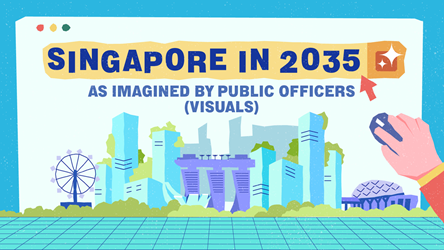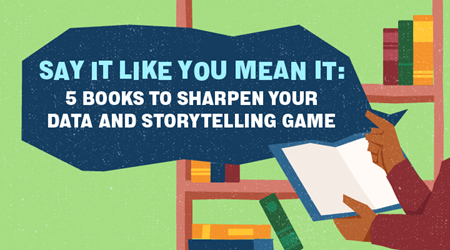Ask A Pro: Using Data Securely

What is the Government Data Architecture (GDA)? How will it support data sharing?
In October 2019, the government introduced the GDA to enable secure data sharing and usage across the public sector.
The GDA facilitates the efficient data sharing of clean and authoritative datasets across public agencies.
It does so by designating and building
- Single Sources of Truth that acquire, clean and maintain high quality Core Data. Core Data are data frequently used by multiple public agencies.
- Trusted Centres that fuse and distribute core datasets.
- Central platforms for data users to request, download and analyse datasets.
By managing Core Data effectively, GDA saves time and resources. Prior to the GDA, it could take between 6 to 13 months for an officer to obtain Core Data from other agencies. Through the GDA, public officers can now request and access Core Data within seven working days.
Apart from data-sharing, the GDA enables the practice of good security habits by public agencies. It lessens the need for agencies to collect datasets on their own as they can obtain the same data from the Trusted Centres. Public agencies can also purge their datasets when they are done using them, without fear that the dataset will no longer be available. This reduces duplicative work for public agencies and minimises the different attack points from which a malicious attacker can try to extract data.
The GDA promotes secure data sharing and usage by incorporating data security safeguards across the government. Public agencies that use the GDA’s central platforms enjoy a high standard of data security by default.
How will the data sharing through the GDA create opportunities for public officers?
The GDA is fundamental to the government’s effort to become “data-driven to the core”. It lets public officers rapidly access high-quality data, so that they can use data to formulate better policies, deliver more personalised and integrated services to the public, and support businesses in innovation and growth.
For example, the Ministry of Trade and Industry will use GDA data to support its National Economic Research and Visualisation Engine. Public officers from various economic agencies get a better understanding of the companies under their care, and this lets public officers provide targeted services that support their companies.
Additionally, the Government Technology Agency (GovTech) plans to use GDA data to support its platform for detecting grant fraud. The platform uses demographic and business information to automate various manual checks to assess grant applications for their potential for fraud.
What is Vault and how does it tie in with the GDA?
Vault (accessible on the intranet at vault.gov.sg) is created by the GDA team at the SNDGO, in partnership with the Open Government Products team at GovTech and the Trusted Centre of the Department of Statistics. As a key part of the GDA, Vault is a one-stop portal for public officers to discover, request and access Core Data.
With Vault, users can:
- Preview data and download synthetic datasets as part of data discovery
- Submit a single data sharing form for access to data from multiple agencies
- Download the requested dataset(s) once approval has been granted
Vault enables secure data-sharing. Datasets distributed through Vault are digitally watermarked and all user activities are logged and monitored.
- POSTED ON
Mar 3, 2020








